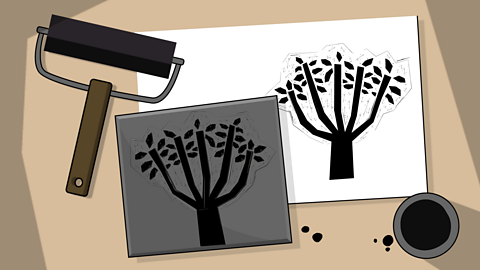Key facts about William and May Morris
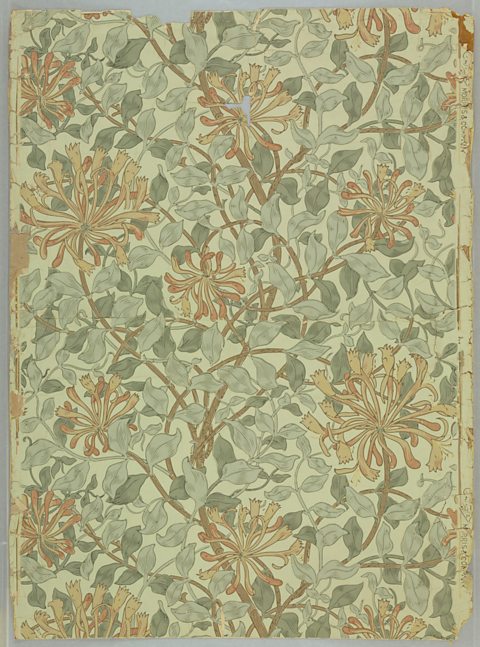
This is a design by the British artist and designer May Morris. May was born in 1862 and died in 1938.
Her father, William Morris (1834 - 1896), was a famous artist and poet, and May is often forgotten because he is so well-known.
Both William and May Morris designed patternA design made from repeated lines, shapes, or colours. that included images from nature such as meadows and English flowers. May used her own designs to make embroideriesFabric decorated using a needle to apply thread..
William and May Morris were part of an art movement called Arts and Crafts. Throughout her lifetime May designed wallpaper, jewellery, dresses and books. She also created many watercolour paintings and sketches.


May Morris wanted embroidery to be seen as an art form just as important as painting. She preferred arts and crafts to be handmade rather than by machines.
May went on to become a successful businesswoman and employed many other women to work at her embroidery company, creating opportunities for them to make and sell their own work.
Watch: Who were William and May Morris?
Learn more about the life and work of William and May Morris
Narrator: William Morris was born in 1834 in Walthamstow at a time when large factories changed how things were being made in the UK.
William Morris was inspired by nature.
He preferred art and craft that was made by hand, so William set out to blend that homemade craft with the natural world.
He used block printing to create large floral patterns.
Each block contained a part of the image and was used with one colour.
William's daughter May Morris took these ideas and made even more beautiful floral patterned objects for people's homes.
Things like embroideries, jewellery, tapestries and tiles.
William's design ideas and May's amazing production skills have been so popular,their patterns are still being used today.
And many people truly believe in William's words:
"Have nothing in your houses that you do not know to be useful or believe to be beautiful".
Design your own repeat pattern using nature as inspiration
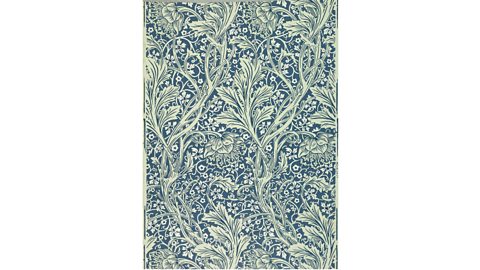
Image caption, This is a repeat floral pattern of long leafed stems and blossoms by May Morris. You could create a your own design or print inspired by plants and flowers.
Image caption, This drawing shows how William and May Morris used sketches to design their patterns for wallpapers and embroideries. For your repeat pattern, you could try sketching your design before printing.
Image caption, You can use all sorts of things to make a print. Potatoes work well and it is possible to create quite impressive patterns with them. Ask an adult to help you cut the potato into slices and carve your design into the potato.
1 of 3
There are many repeat patterns found in nature. For example:
- spiral - a pattern found in shells
- meander - a snaking pattern found in rivers and streams
- explosion - a pattern which fills the space around a central point
- packing - a pattern that has repeated parts tightly packed together
- branching - a pattern found in the branches of a tree or the veins in a body
You could use one or a combination of these as inspiration for your repeat pattern design and print.
Watch: How to make a repeat print
Laura: William Morris and his daughter May used repeated shapes and colours to create beautiful printed fabric and wallpaper.
Let's take inspiration from them to make our very own own hand-designed paper!
You will need paper, poster paints, a paintbrush, foam-board or sponge, and scissors.
To start, I think about and draw the shapes I want to print onto this piece of foam-board.We're using sharp scissors, so be careful or get an adult to help you.
I'm going with a triangle, square and hexagon for my pattern.
Now, I paint my stamp blocks with some of my favourite colours. I'll test them in my sketchbook - they look great!
I'm going to repeat a pattern in horizontal rows across the paper. Red, yellow, blue, blue, yellow, red.
I have to concentrate, but a mistake can make the work unique and look more more handmade, so don't worry too much!
Now I leave it to dry.
And now I have patterned, hand-designed, paper to protect my books with!
You could try more complex shapes or overlapping to create your own repeat patterns!
William and May Morris factfiles
Activities
Match the pattern
Quiz
Play Art Gallery Rescue. gamePlay Art Gallery Rescue
Help Lily and Will rescue the art gallery!
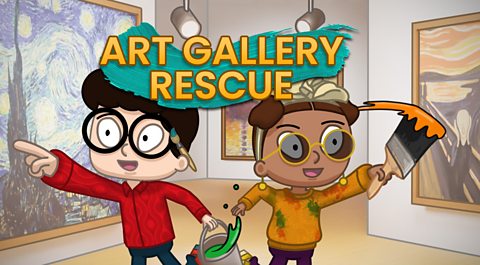
Bitesize Primary games. gameBitesize Primary games
Play fun and educational primary games in science, maths, English, history, geography, art, computing and modern languages.

More on Printmaking
Find out more by working through a topic
- count3 of 4
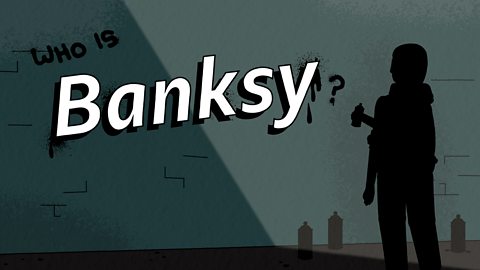
- count4 of 4
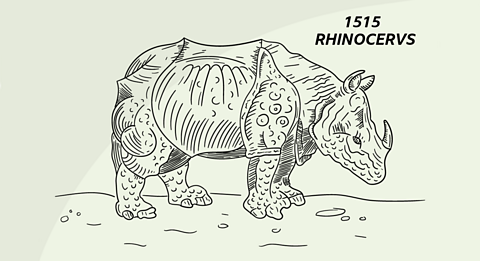
- count1 of 4
